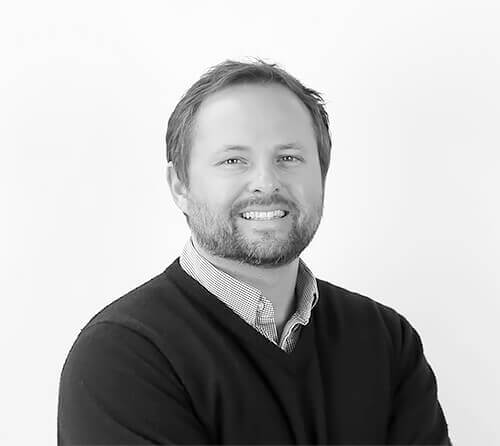I first discovered the work of
Jackson Patterson while judging the first edition of
All About Photo Awards - The Mind's Eye. My co-jurors Frank Horvat, Ed kashi, Klavdij Sluban, Julia Fullerton-Batten, Cara Weston, Jules Maeght, Ami Vitale, Ann Jastrab and Keiichi Tahara and myself were impressed by his work
Red Barn that won second place out of thousands of submissions. He also won 1st place for
AAP Magazine 6: B&W. Patterson tells the stories of his family and others intertwined with the majestic landscapes in his photomontages. His images breathe insight into representation, fabrication, visual language and the relationship of earth and people.
I asked him a few questions about his life and work:
All About Photo: Tell us about your first introduction to photography?
Jackson Patterson: To be honest, my high school mandated that we choose an elective in addition to our core curriculum. My first choice was sports, but after an ankle injury sidelined any hopes of playing baseball, I enrolled in a photography class. Whether I knew it or not at the time, I probably choose that course due to my childhood memories of my grandfather always walking around with a camera around his neck. He was an avid photography hobbyist and I always admired his love of photography and the arts. That class was my first exposure to the camera and working in the dark room (which I loved). Upon entering college, my interest in photography had developed to the point where I was enrolling and pursuing classes outside of my university, seeking out mentors and teachers who could help me develop my point of view, ultimately leading me to pursue a masters in photography at the San Francisco Art Institute.
Why did you choose to pursue a career as a photographer?
It certainly wasn't a business decision. I received a Business and Spanish degree from the University of Arizona, but I continued to be really interested in photography. I found myself continually drawn to wanting to know more. Studying at the San Francisco Art Institute in 1999 was when I truly began to immerse myself and develop my passion for photography. I would spend hours upon hours in the library, studying, educating myself, and thumbing through every photography book I could get my hands on, soaking up as much as I could. As much as I enjoyed learning the art of photography, the fact that I needed to make a living was not lost on me. I quickly began networking, leveraging my contacts for smaller jobs that eventually led to larger jobs that ultimately allowed me to pursue a full time career in photography.
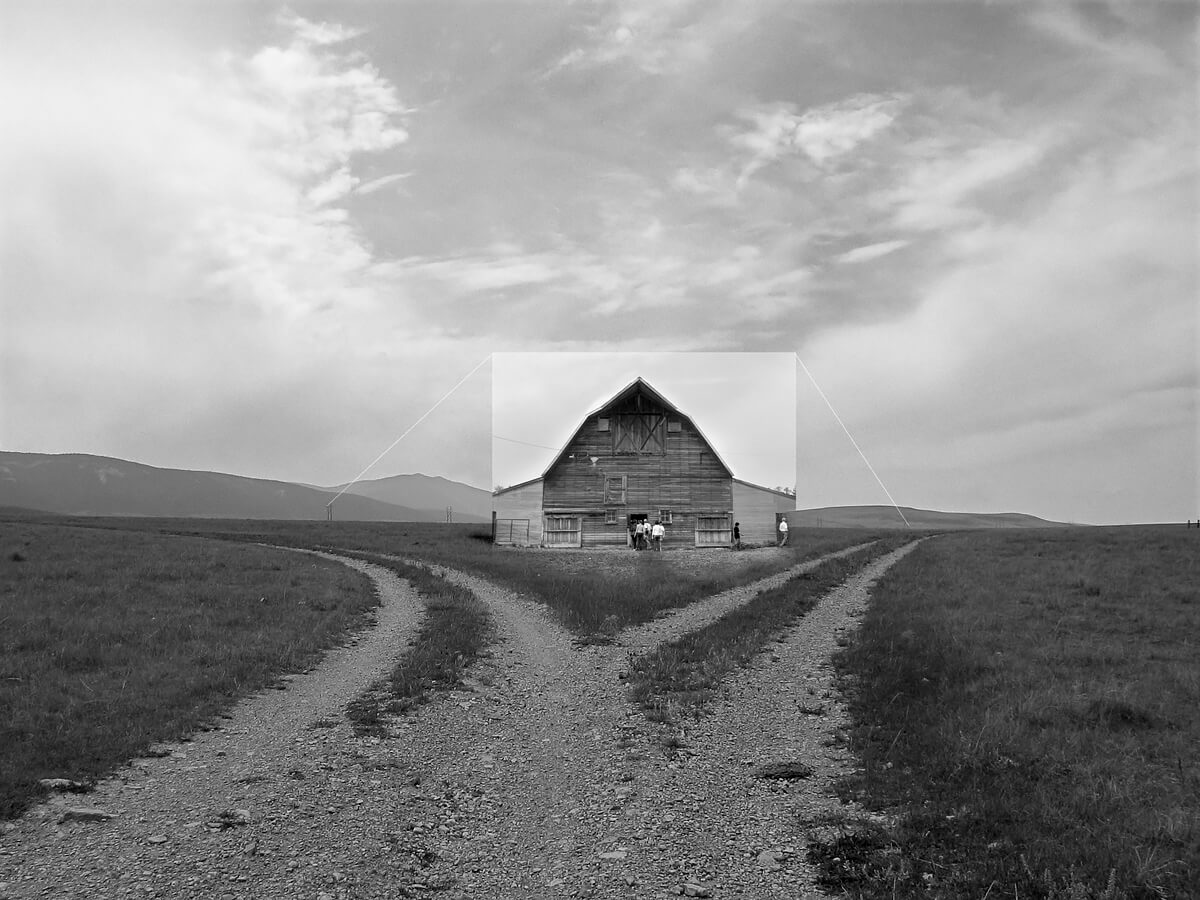
Red Barn © Jackson Patterson
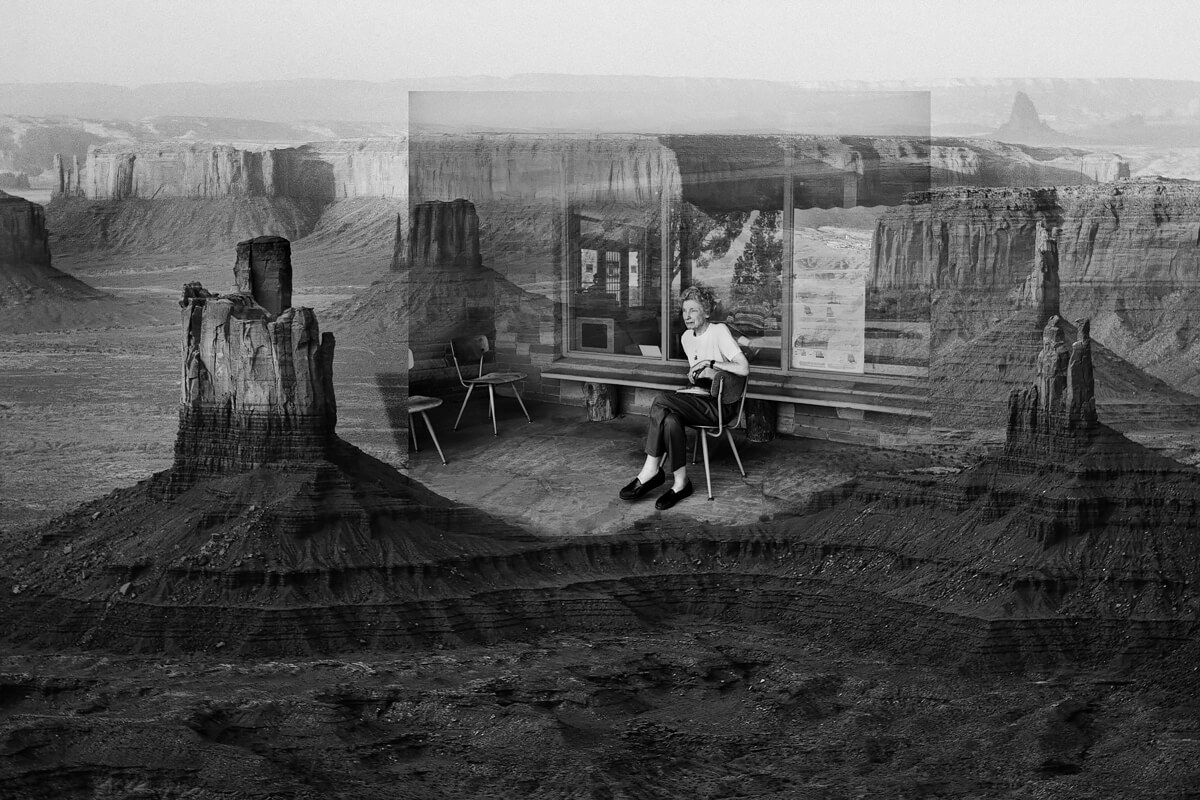
Aging Wonder © Jackson Patterson
It's often difficult. I have a child now and am the primary care giver at home. Managing time between a professional career, an art practice and family is not easy. I do my best to schedule contract work during times that work for me and my family. That's easier said than done and fortunately my wife helps out a lot and we have a good support system that can help out when we need it.
I do always try to do something for my art practice every day. I may not always get to make a new picture but I'll try and read an article or look at work to keep up with the practice. There's always a sacrifice that has to be made. Hopefully I will get more time to make work on my own projects soon.
Do you have a mentor? A favorite photographer?
I've been lucky to have so many great influences over the years. In college I interned for a lot of great artists, Todd Walker, Linda Connor, Debra Bloomfield and worked as a teachers assistant to Jack Fulton. I worked at a stock photography company (Swanstock) in Tucson, in small galleries in San Francisco and then also interned for Robert Koch Gallery. Basically I worked a lot for free. All of those experiences however exposed me to new challenges and helped me develop a solid foundation in photography.
Of course I was also struck by the works of Duane Micheals, Diane Arbus, Steven Shore, Bill Brandt, Gordon Parks, Man Ray, Carrie Mae Weems and so many others. I think eventually I would narrow in on Robert Adams, Jerry Uelsmann and Mark Klett. In particular it was Klett's work with the Third View project that appealed to me. Being the resident photo historian in my family I knew I always wanted to try and tell some of those stories. Using the combination of photomontage and the idea of passing through time brought it all together for me. It allowed me to work with the minds eye and start making choices in the work.
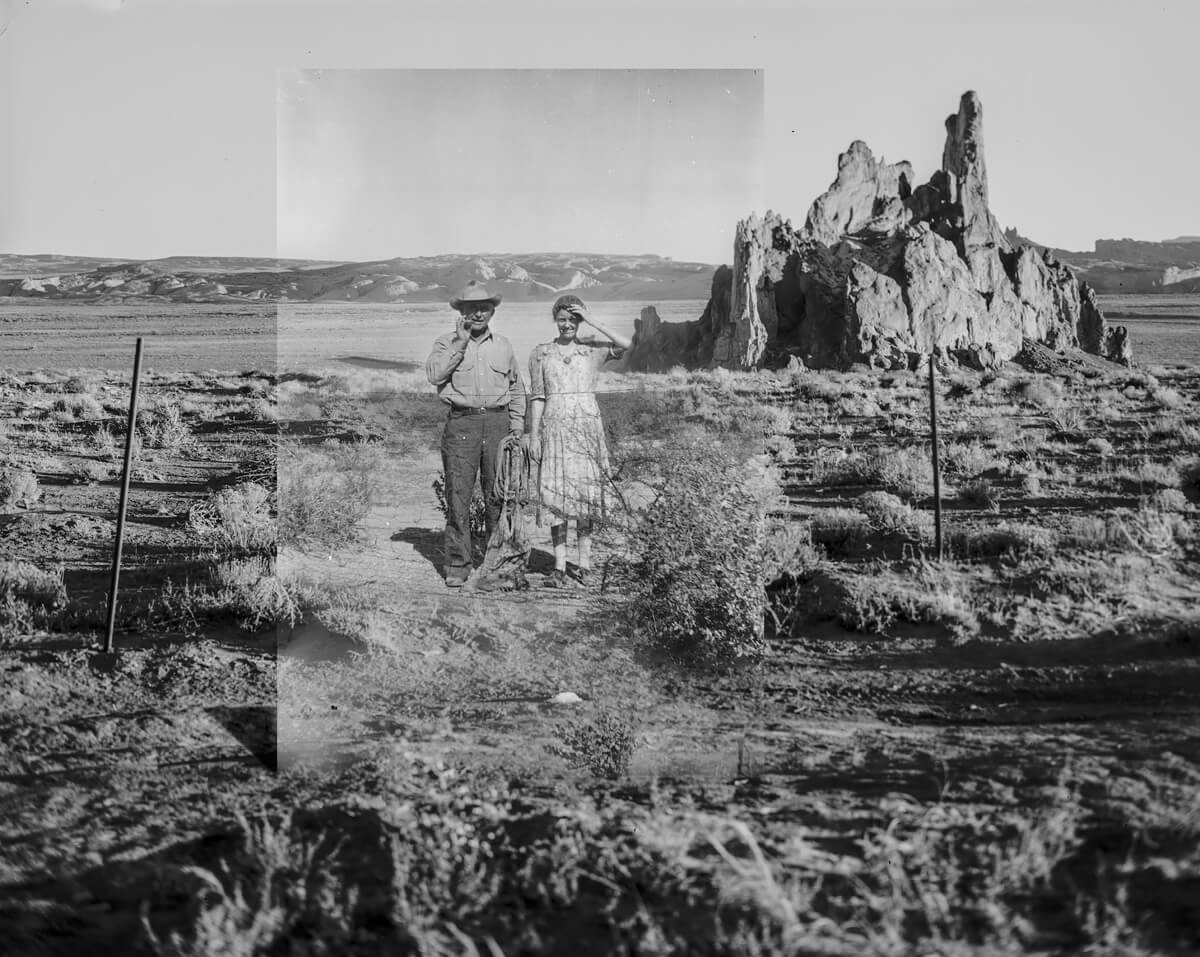
Border Watch © Jackson Patterson
I've always liked the idea that photography is as much a science as it is an art form. As an artist I like that I get to be part of a long continuing conversation about what art and science are. Photography is a way of relating to one another either literally, symbolically, transactionally (such as in the corporate world), or any of the other myriad of ways the visual art form can imprint an idea in us.
Among your works, which one is your favorite? Why?
That's a tough question, depends on my mood or state of mind maybe. I think the easiest way to answer that would say it was the first image in the series, Recollected Memories, which was, “Red Barn.” Looking back that was the image that tied it all together for me. The barn in that image is a real barn and was located in that background landscape in the early 1900's. It was eventually uprooted and moved about 50 miles away from that location to where it is today. By placing it back in the original landscape it was kind of a full circle in story telling for an inanimate object. More importantly than the actual story however is the relationship of images and how those allow the viewer to create new narratives. That sparked the idea and lead to many other visual connections and ways of seeing.
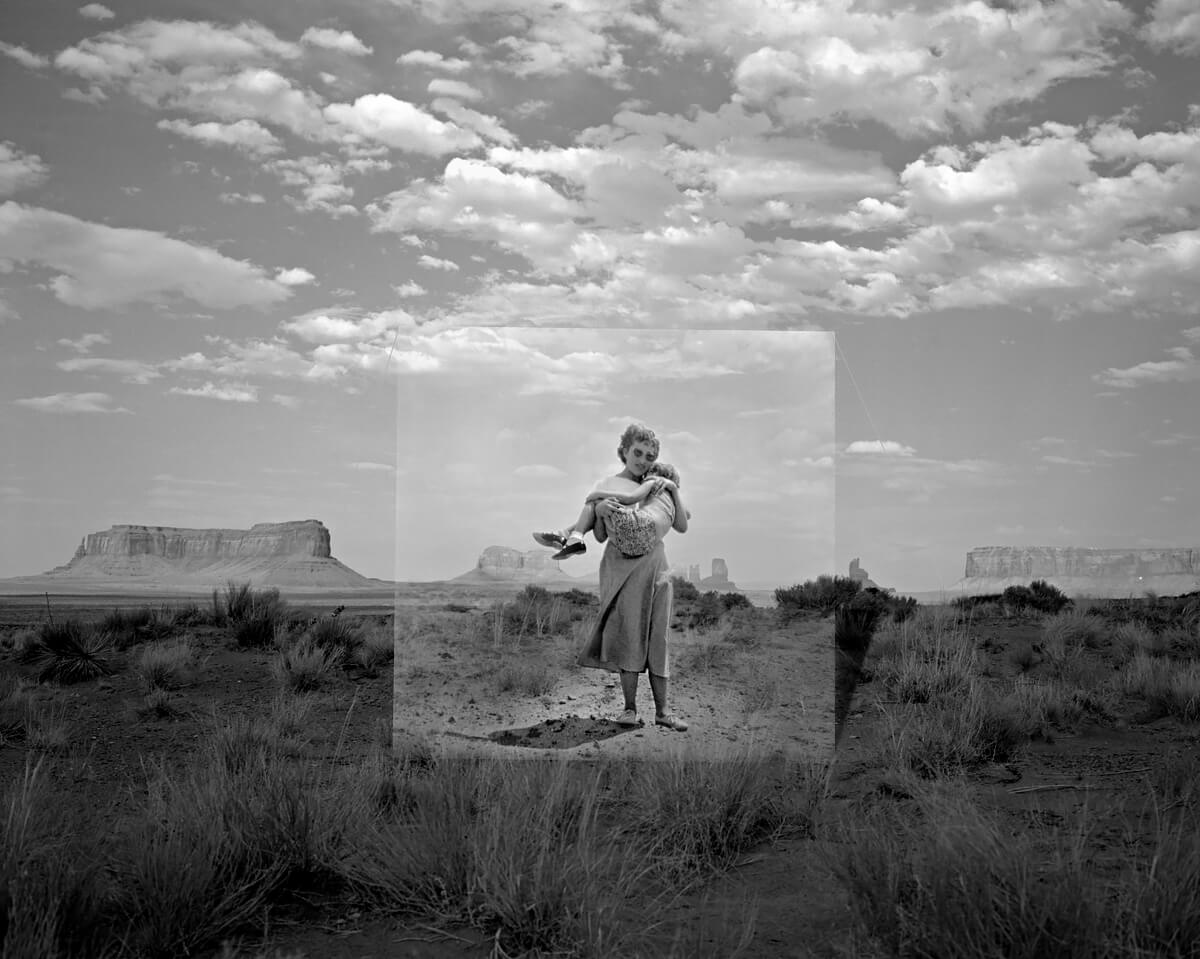
Cradle © Jackson Patterson
Family, the land and the art of photography. The story of the landscape isn't a human one but we don't exist without it. Most of my family grew up on some sort of farm or ranch, working the land. For someone like myself who is not a writer, photography is a great outlet for making those connections.
How do you prepare for your projects? Do you picture beforehand in your mind the images you take?
I work with a lot of archive images so sometimes I will hear the stories of the person/s in the image and then think about that when I am photographing somewhere else. I don't work in a linear manner however. I am pretty much all over the place and the actual visual connections don't come together until I'm in my studio.
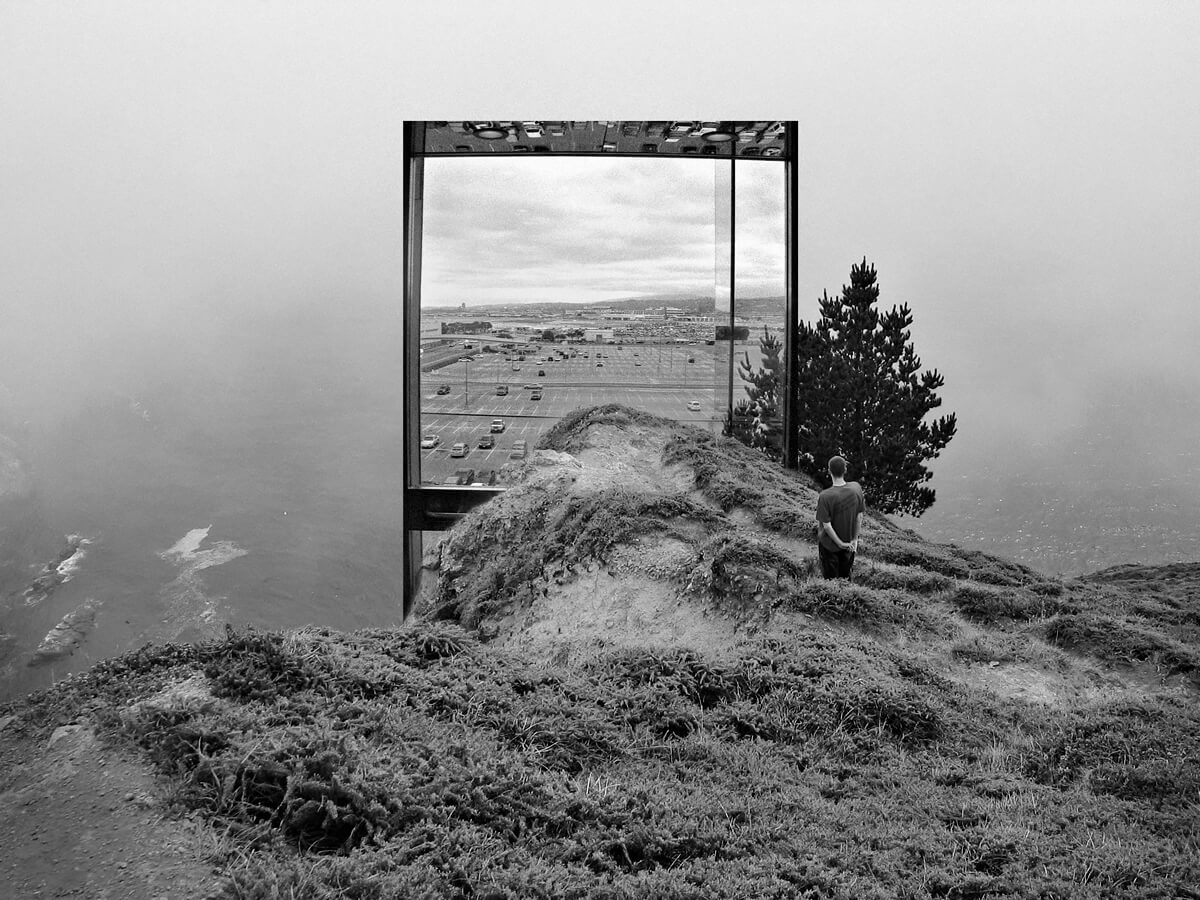
Elevator Point © Jackson Patterson
I think the biggest evolution my work has taken is from the personal to the collective. I used to only think about the work in terms of what my families histories were. It became clear to me that those weren't unique and that the human story is intertwined in all of us.
What equipment do you use?
I've never been much of a gear head no offense to anyone. I just prefer to find one or two cameras and one or two lenses and work from there. It becomes too much to keep track of otherwise and the story telling is lost for me when I think too much about equipment. That said there are some things you can't live without as a photographer anymore and the biggest thing is a good computer with really good software. Harking back to the science narrative in photography it's impossible to work in the modern era without it. Or at least it's impossible to comment on technological aspects of photography and the direction those are taking us in.
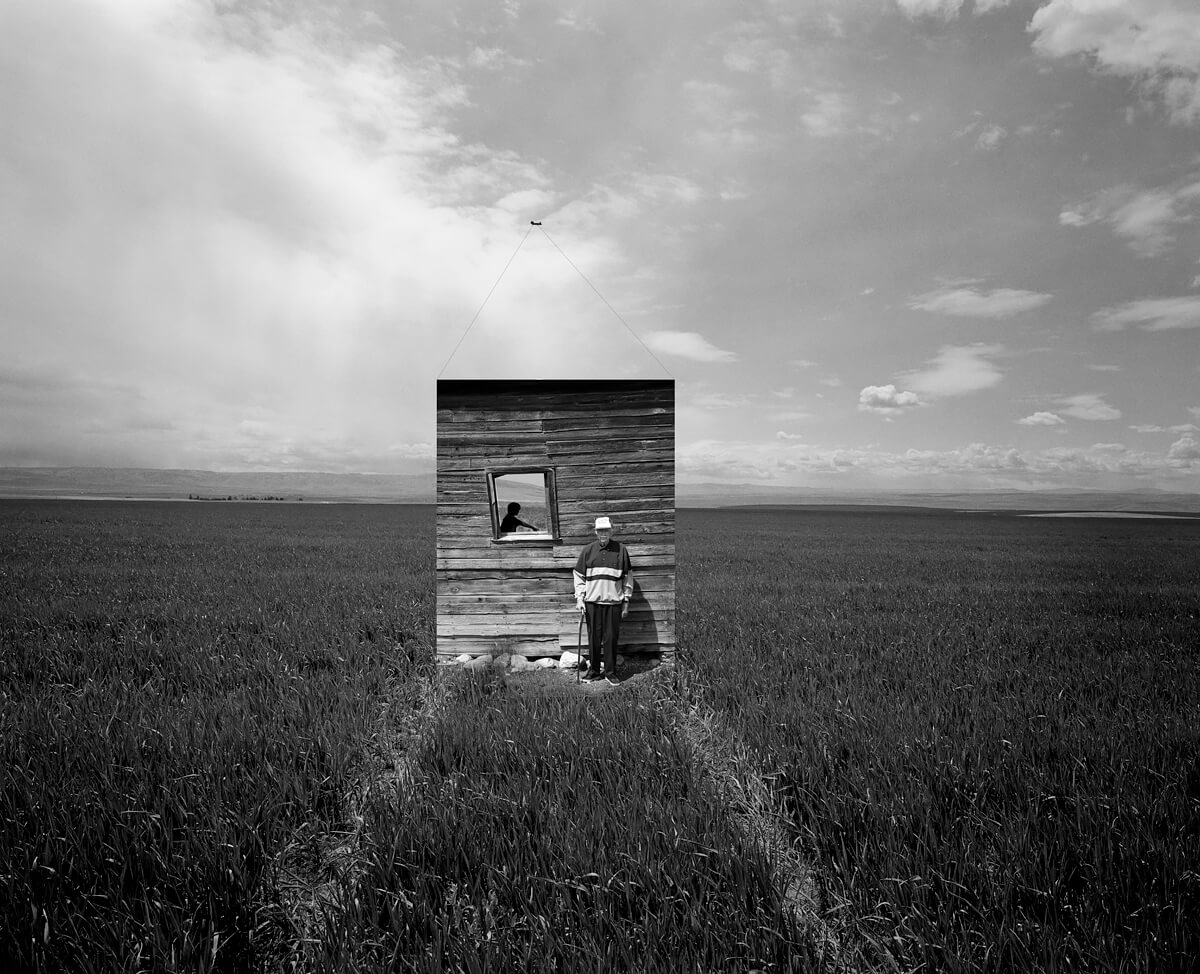
Going Home © Jackson Patterson
Yes I spend a lot of time editing. I'm usually working on multiple photographs and will come back to each one depending on where I am in the process. Often times there are multiple versions of the same image. Working the way I do I have to make lots of choices. That is the constant struggle of knowing when to say stop.
What advice would you give someone who would like to become a photographer today?
Oh man, this is such a tough subject. Professionally it's a declining industry and has been so for over a decade. That means if you want to be a professional photographer and you start today you'll make less money than if you started 10 years ago. As an art form I think it's just getting started in a lot of ways. The advent of new technologies in photography will be ever present as long as the technological race continues. Wether that's good or bad I don't know if we can say just yet. It does mean that our lives will change and maybe that's ok.
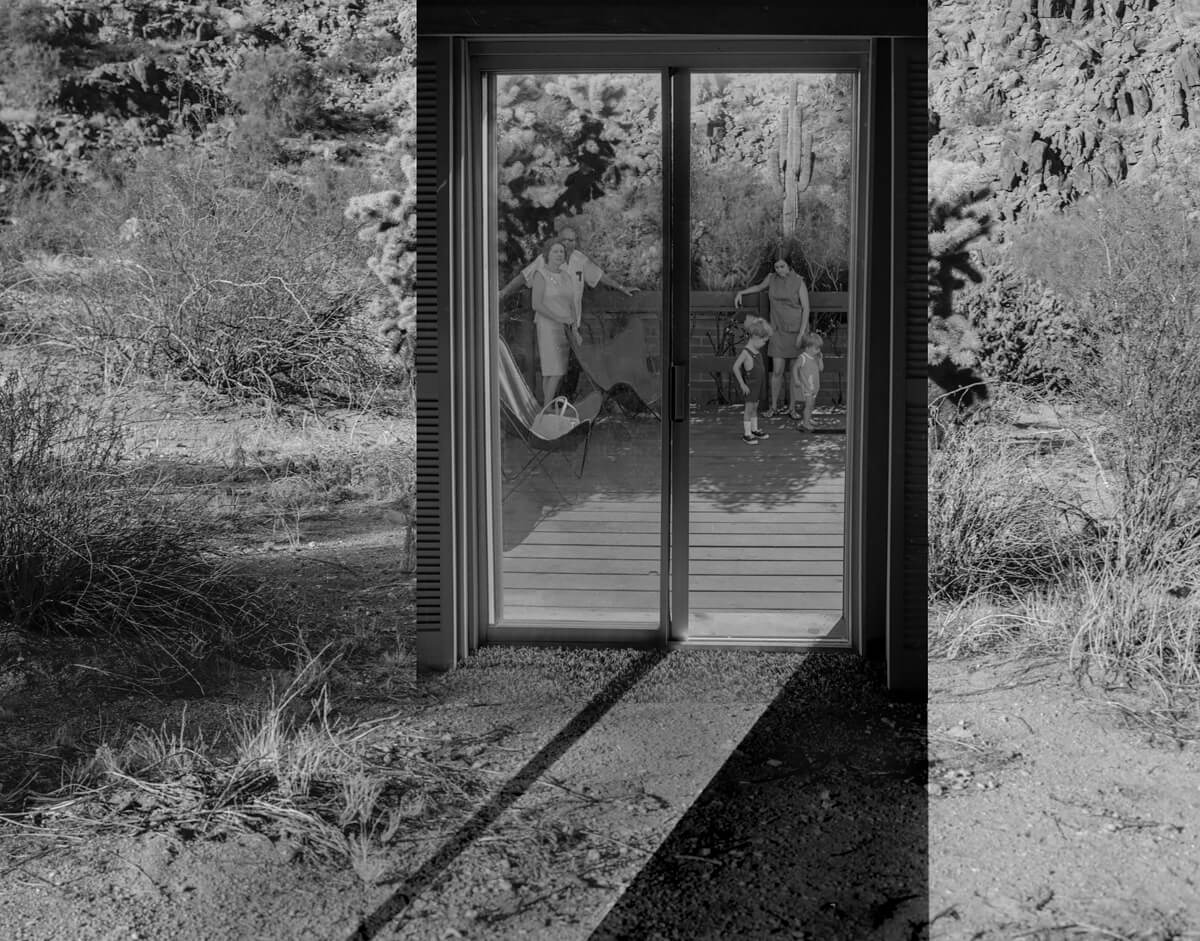
Inside Out © Jackson Patterson
Saying no. Say yes to every job that comes your way you never know where it might lead.
Your best memory as a photographer?
This is probably more as a father and not a photographer, but capturing the moment my daughter was born.
Your worst souvenir as a photographer?
All of the ID badges, stickers and lanyards I get for working corporate events.
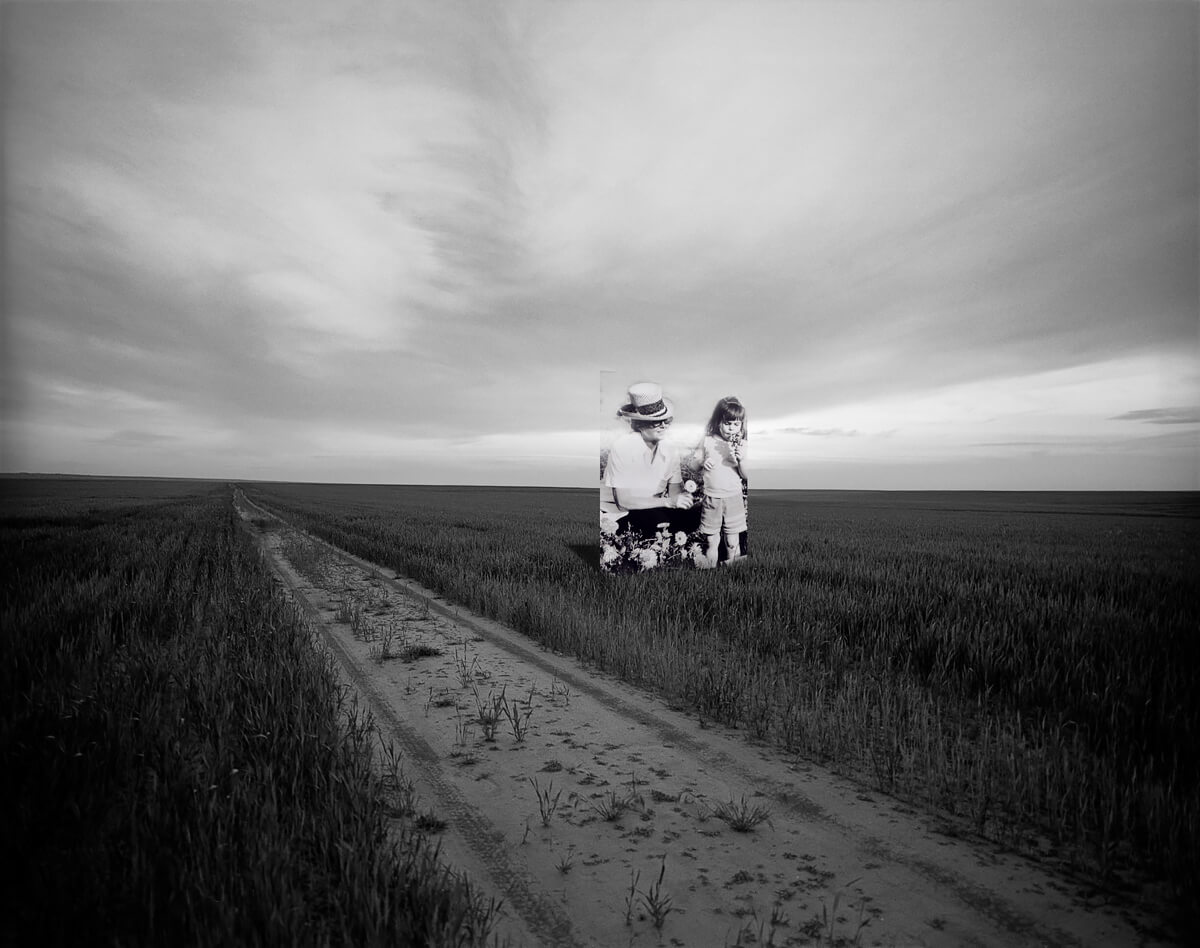
Pause and Smell the Flowers © Jackson Patterson
I'm working more in color now and working with new softwares and new technology in order to help understand our current state. I am still trying to keep a human element in the work because the flaws sometimes are what's interesting.
Anything else you would like to share?
Today's world is inundated with imagery. We've annihilated space and time through photography. It used to be that a photograph was taken of a place or subject and one might see it days, months, or even years later. Now we see thousands of images from all over the world in a fraction of a second. And if we want we can hop on a plane and be in that place in a fraction of time. This increasing encroachment of space and time speeds our visual acumen but also seems to allow less time for thought. My hope in my work is to make the viewer pause for a moment and have the freedom to think through the image and find a narrative that is unique to them.
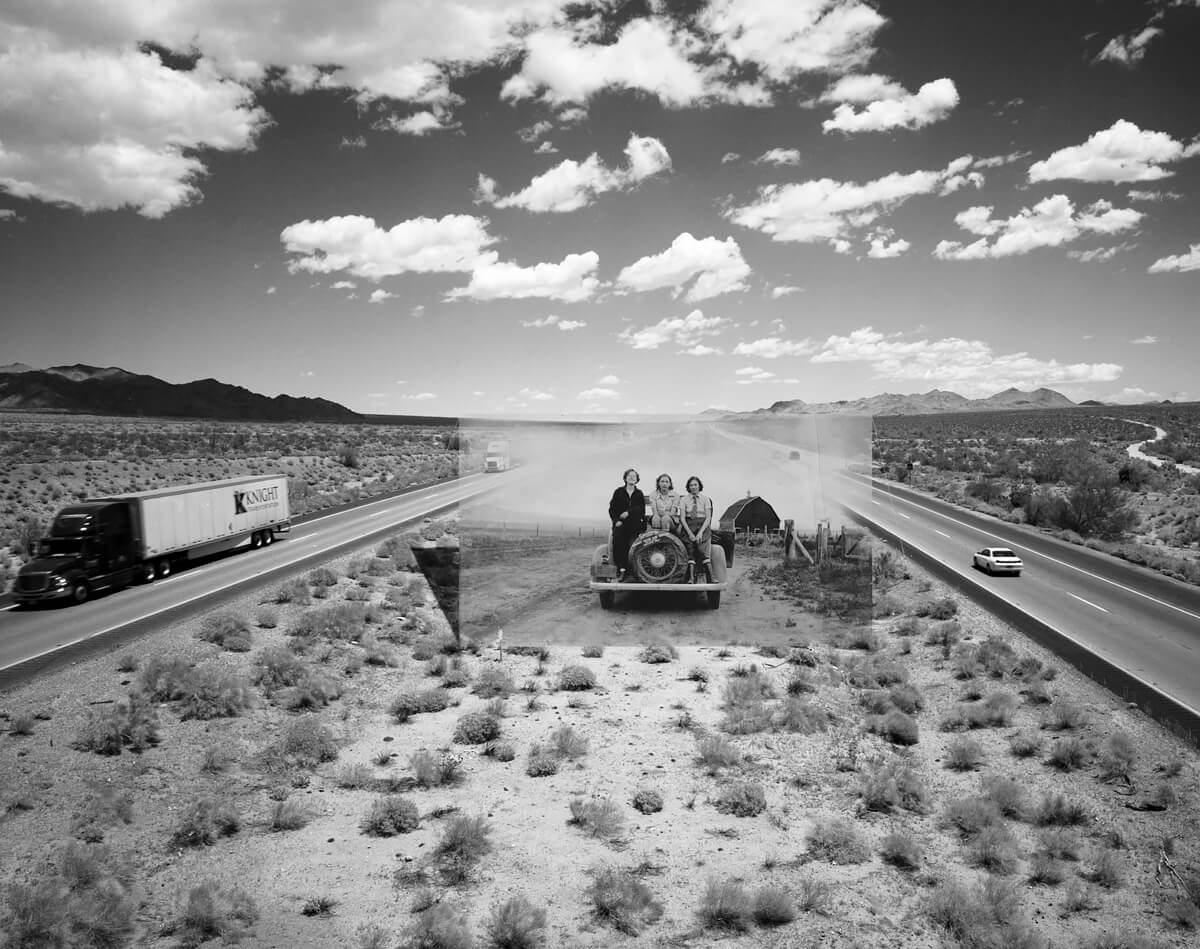
Road Trip © Jackson Patterson
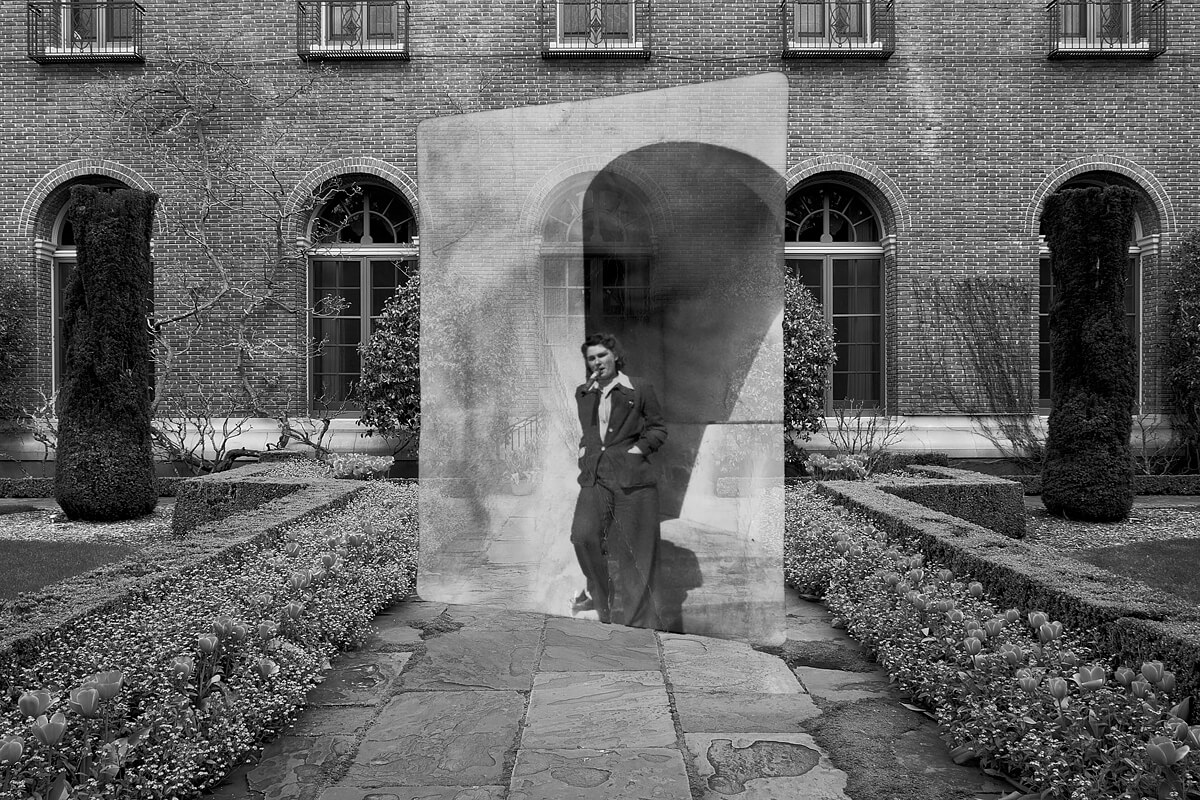
Rosie the Riveter © Jackson Patterson
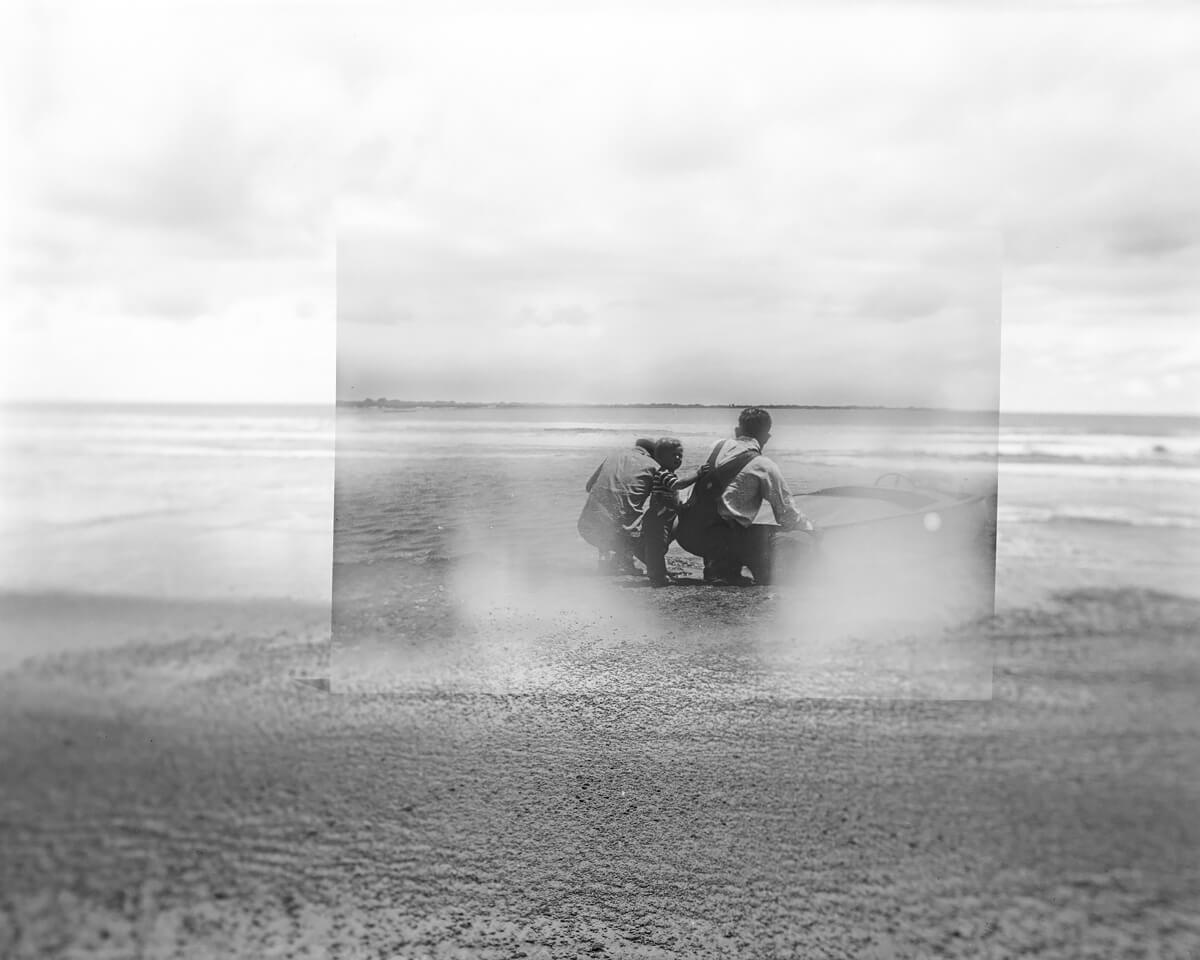
The Race for Print © Jackson Patterson
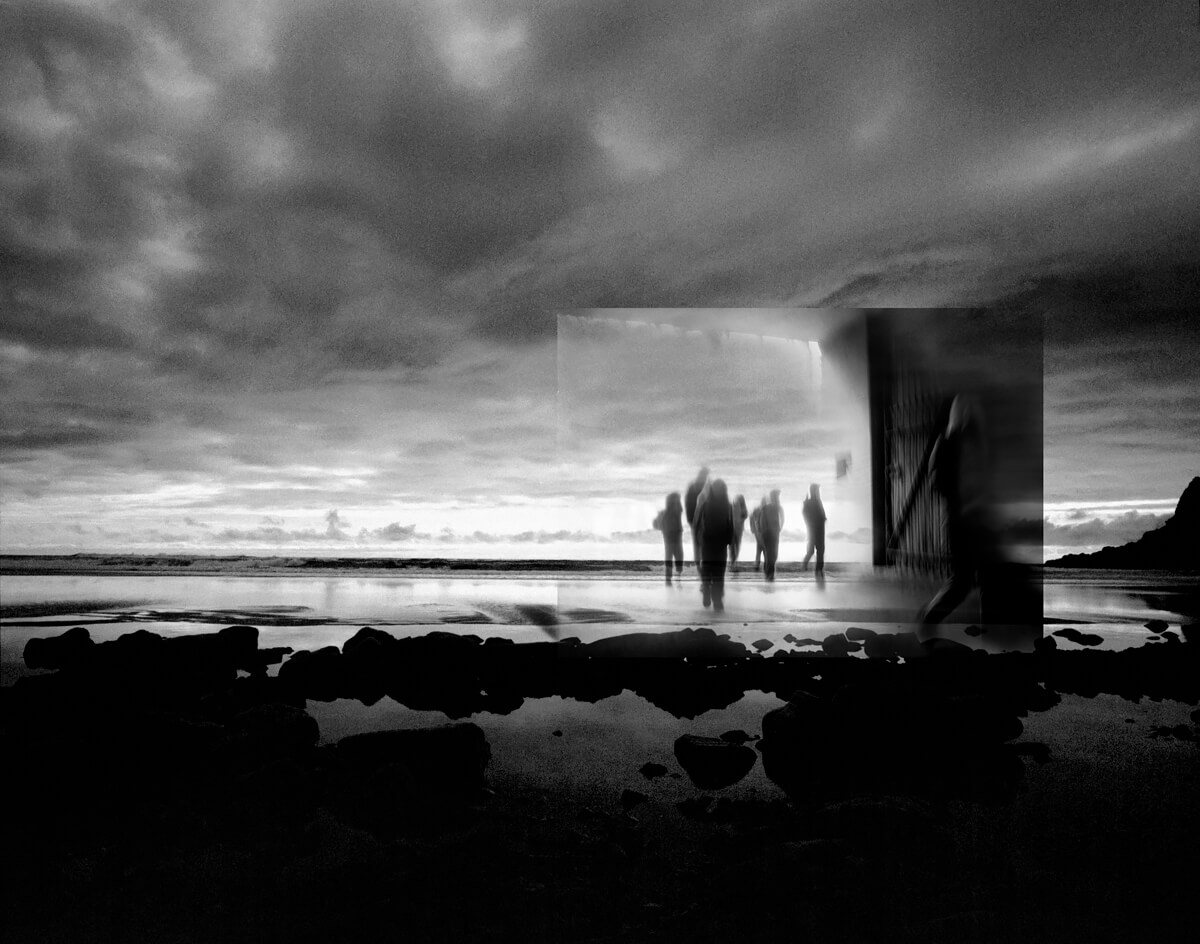
The Kids on the Beach © Jackson Patterson
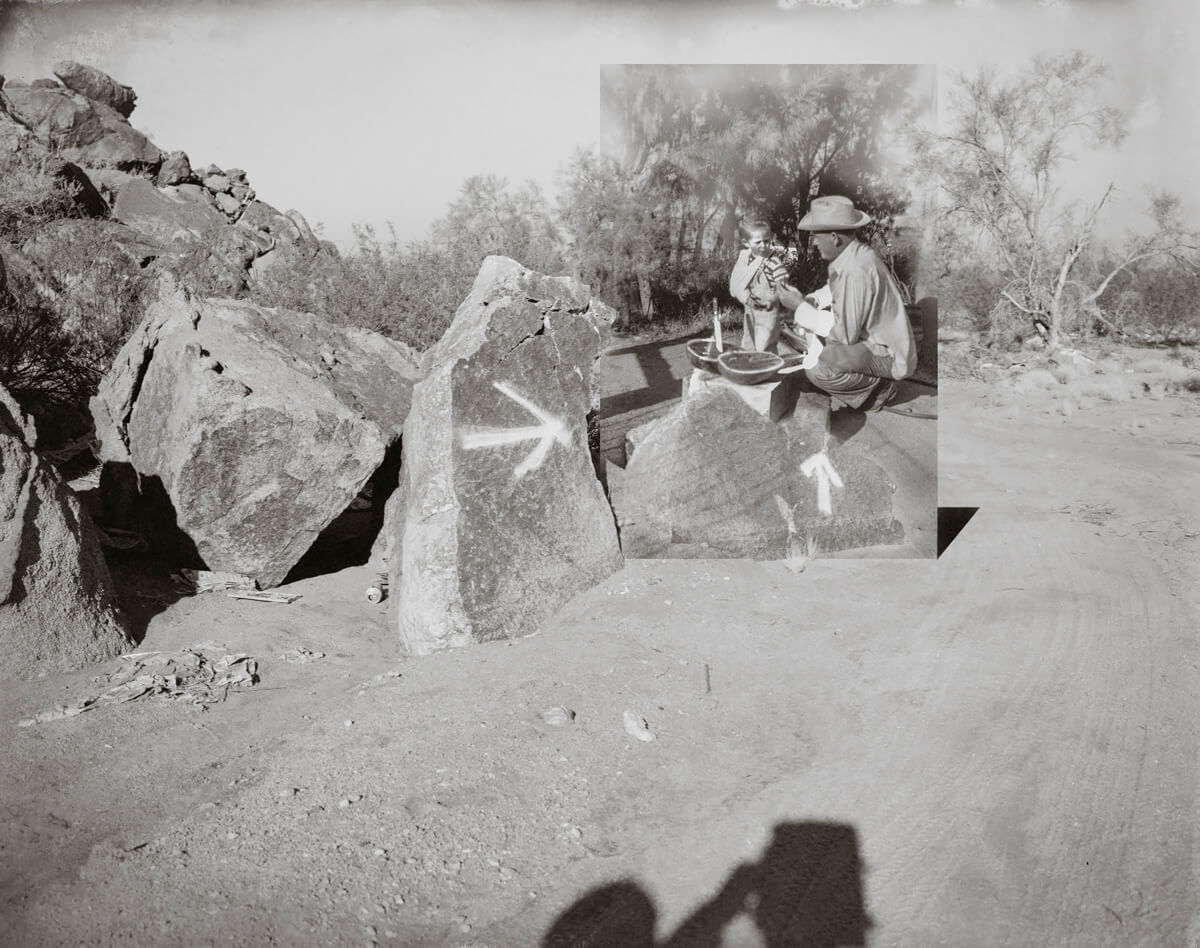
Three Generations © Jackson Patterson
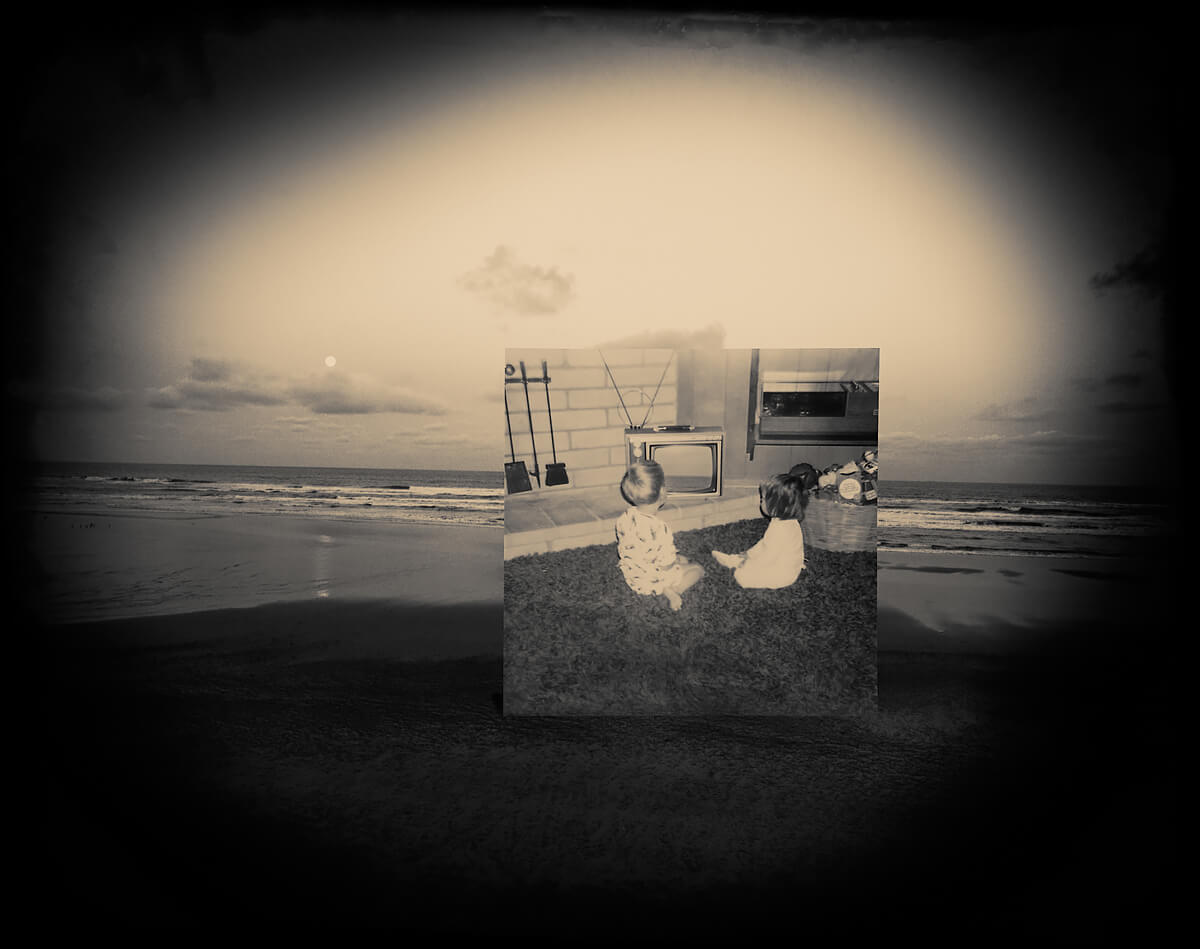
TV on the Horizon © Jackson Patterson
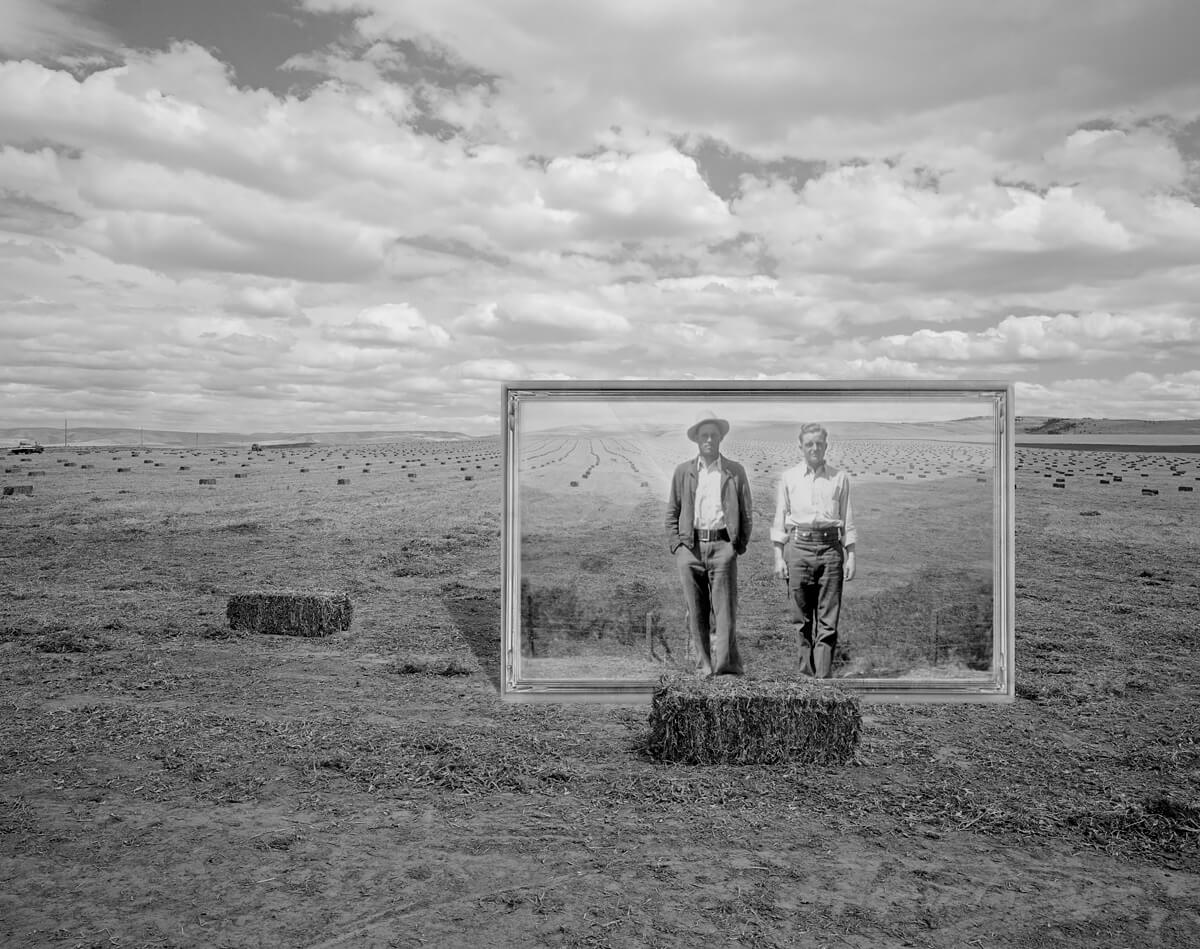
Working The Field © Jackson Patterson
